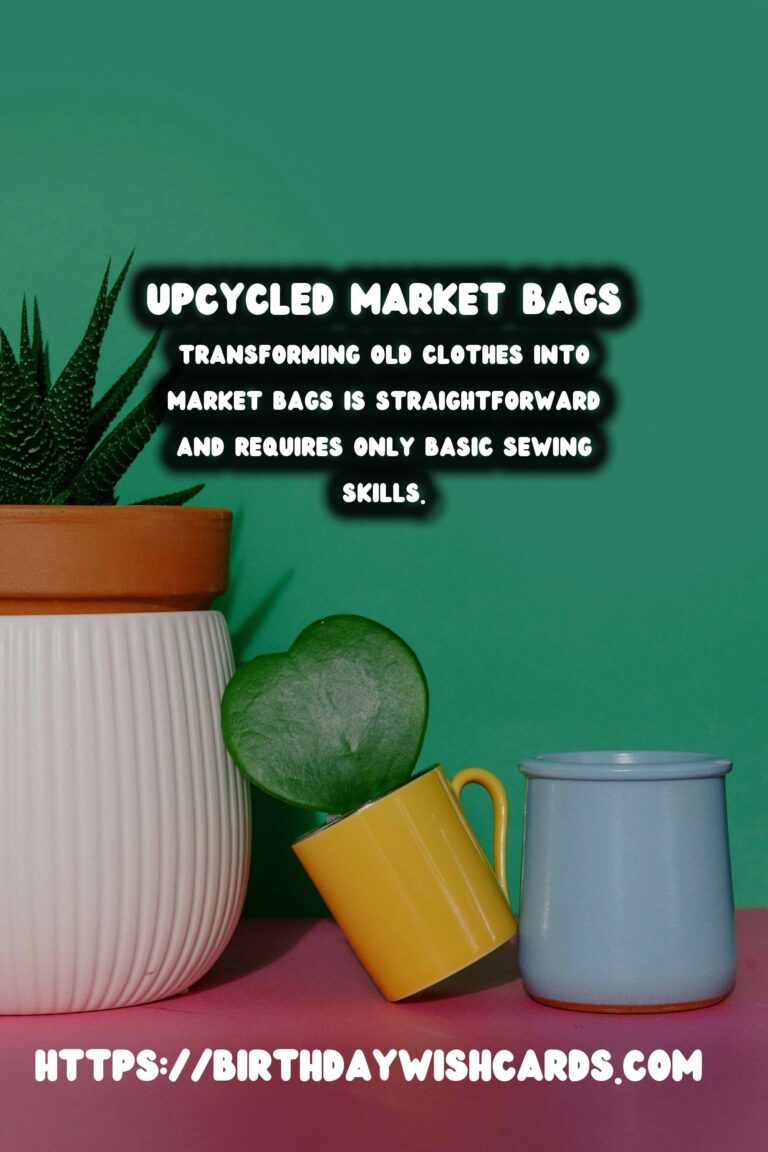
In today’s world, sustainability and eco-friendliness are becoming increasingly important. One of the most innovative ways to contribute to this movement is by upcycling old clothes into market bags. This not only reduces waste but also gives a new life to fabrics that might otherwise end up in landfills.
Why Upcycle Old Clothes?
Upcycling is a process that transforms unwanted products into new materials or products of better quality or for better environmental value. When it comes to old clothes, upcycling provides a creative outlet while helping to reduce the environmental impact of fashion waste.
Textile waste is a significant concern, with millions of tons discarded each year. By upcycling old clothes into market bags, individuals contribute to a reduction in this waste, promoting a circular economy where products are reused and recycled instead of being thrown away.
Benefits of Using Upcycled Market Bags
Using market bags made from upcycled materials offers numerous benefits:
- Environmental Impact: Reduces fabric waste and the need for new resources.
- Cost-Effective: Saves money by transforming items you already own.
- Unique and Personalized: Each bag is one-of-a-kind, reflecting personal style and creativity.
- Creative Expression: Provides an opportunity to experiment with design and sewing skills.
How to Transform Old Clothes into Market Bags
Transforming old clothes into market bags is a straightforward process that requires only basic sewing skills. Here’s a step-by-step guide:
1. Gather Your Materials
First, collect old clothes that you no longer wear. Denim jeans, t-shirts, and sturdy cotton fabrics work well for market bags. You will also need scissors, a sewing machine or needle and thread, measuring tape, and pins.
2. Design Your Bag
Decide on the size and shape of your market bag. Consider what you will be carrying and how the bag will be used. Sketch your design, keeping in mind any pockets or straps you’d like to include.
3. Cut the Fabric
Using your design as a guide, cut the fabric pieces from your old clothes. For a simple market bag, you will need two rectangular pieces for the front and back, and additional fabric for the straps.
4. Sew the Pieces Together
Pin the fabric pieces together with the right sides facing each other. Sew along the edges, leaving the top open. Turn the bag inside out to hide the seams.
5. Attach the Straps
Cut two long strips of fabric for the straps. Fold and sew them to form sturdy handles. Attach the straps to the inside of the bag’s opening, ensuring they are securely sewn.
6. Add Finishing Touches
Finally, add any finishing touches like pockets, buttons, or decorative elements to personalize your market bag. Ensure all seams are reinforced for durability.
Inspiration and Ideas
For those looking for inspiration, consider incorporating different textures and colors by patching various fabrics together. Use embellishments like embroidery or fabric paint to add unique designs. Online platforms like Pinterest and Instagram are excellent resources for finding creative ideas and connecting with other upcycling enthusiasts.
Conclusion
Upcycling old clothes into market bags is a practical and sustainable way to contribute to environmental conservation. By transforming textile waste into functional and stylish items, you can enjoy a unique accessory while making a positive impact on the planet.
With a bit of creativity and effort, anyone can join the sustainable fashion movement and start crafting beautiful and practical market bags from their old clothes.
Upcycling old clothes into market bags helps reduce textile waste and promote a circular economy. Market bags made from upcycled materials are cost-effective, environmentally friendly, and unique. Transforming old clothes into market bags is straightforward and requires only basic sewing skills. Inspiration for upcycled market bags can be found online, encouraging creativity and personalization. This sustainable practice contributes to environmental conservation and the sustainable fashion movement. 
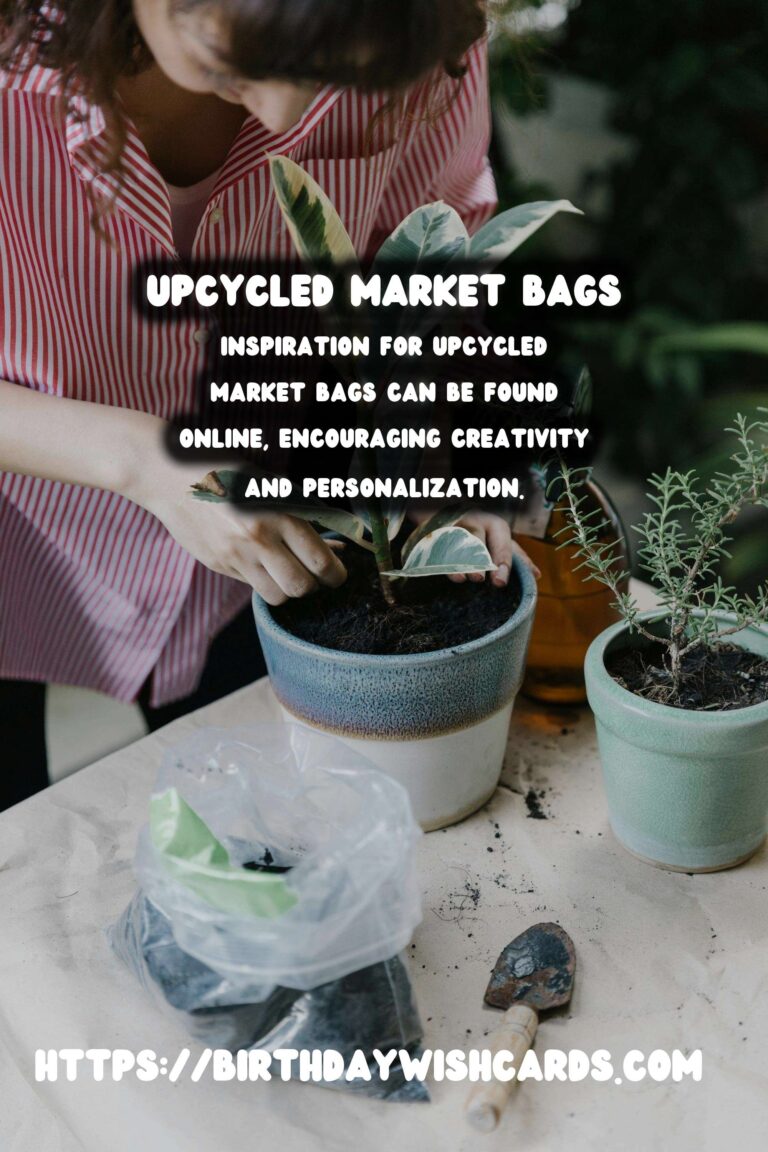
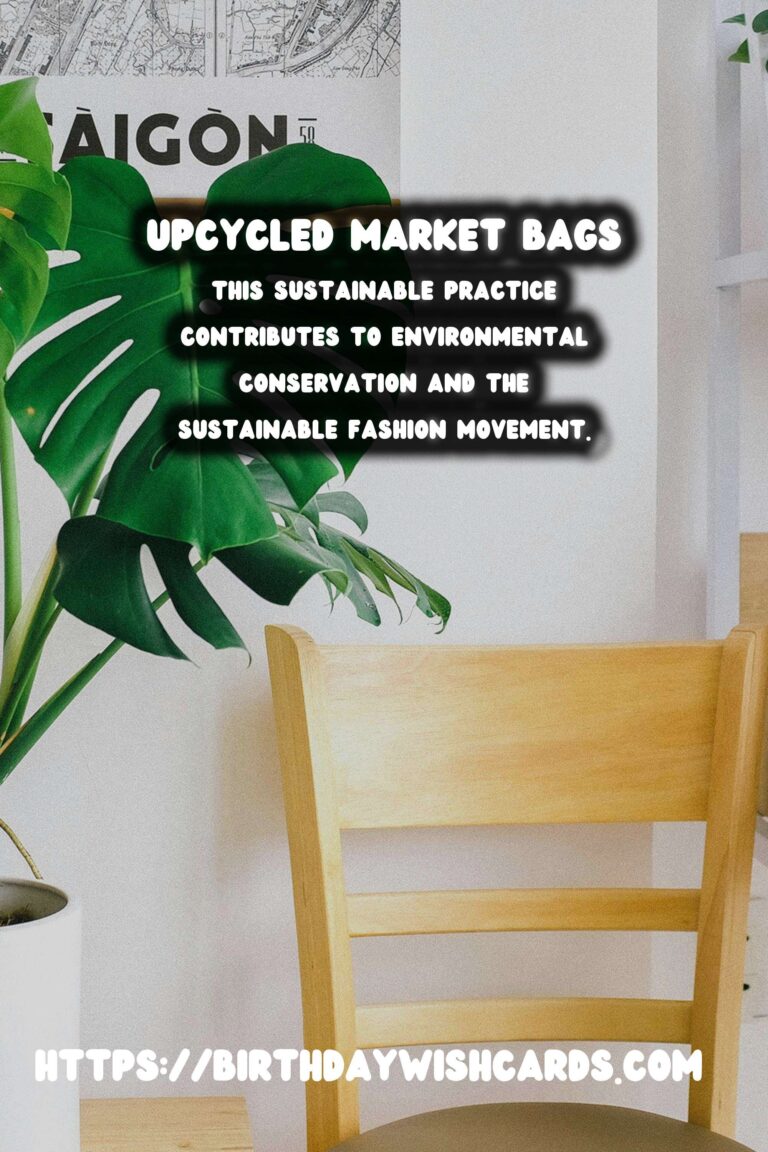
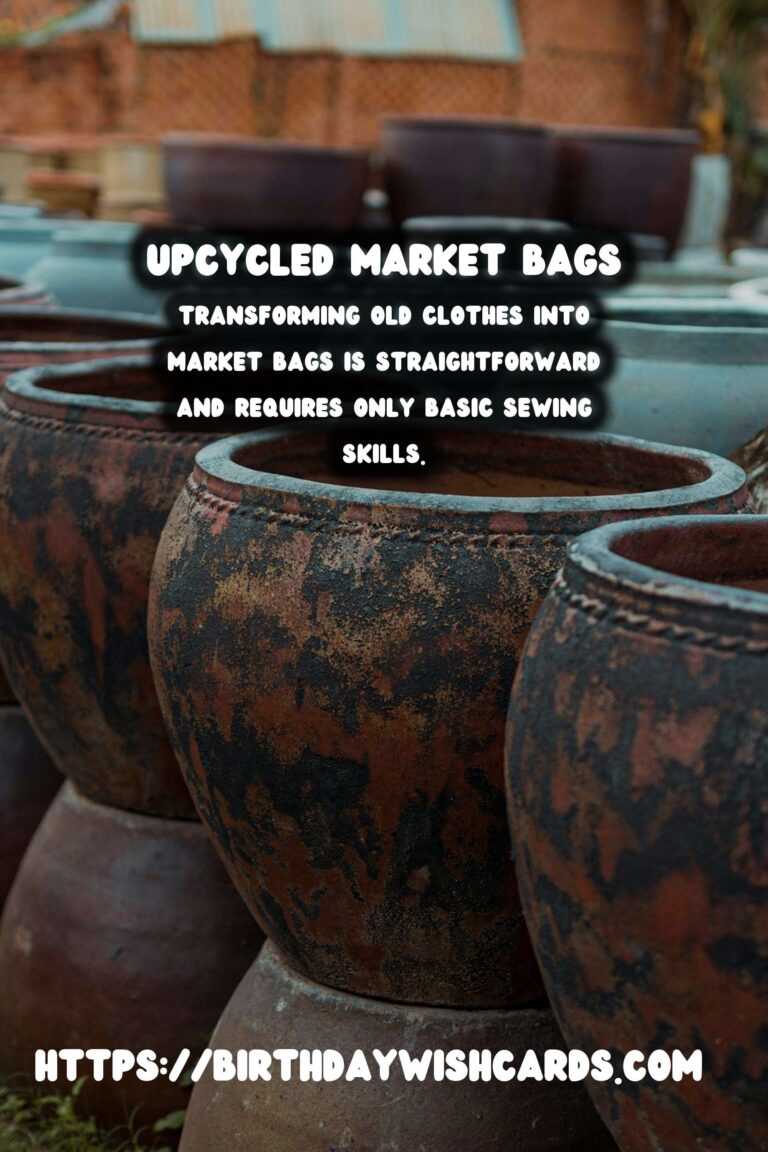
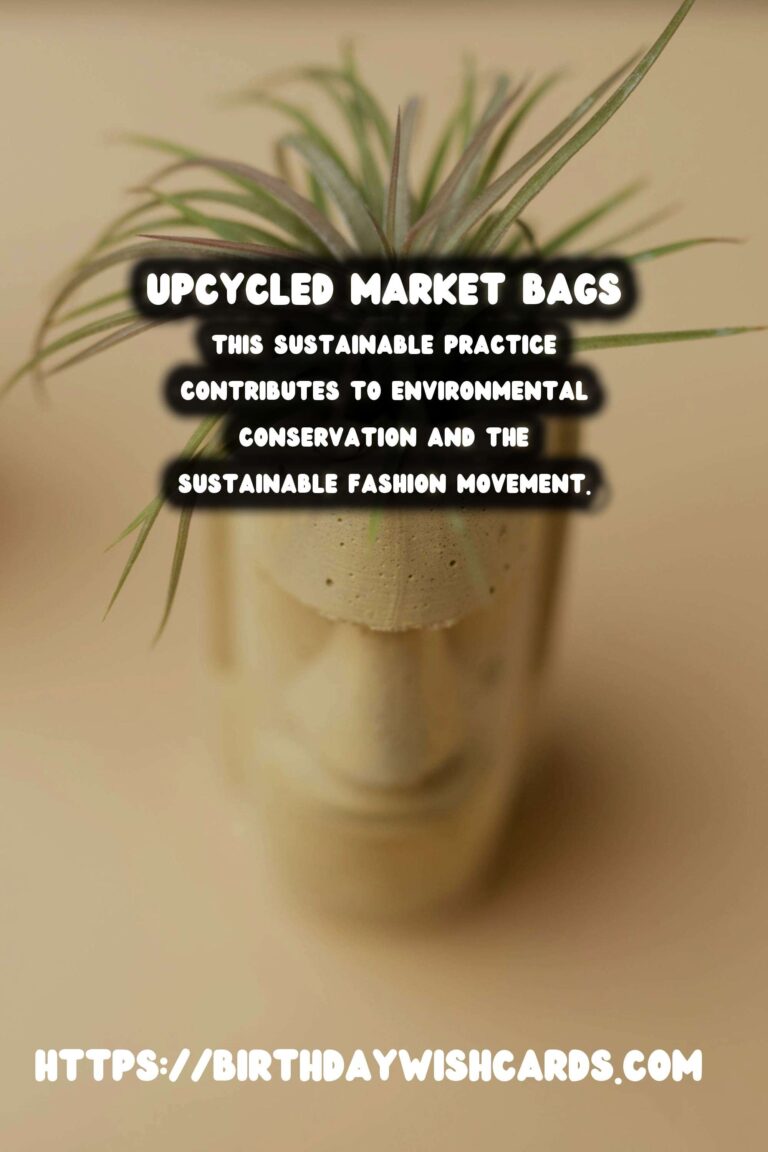
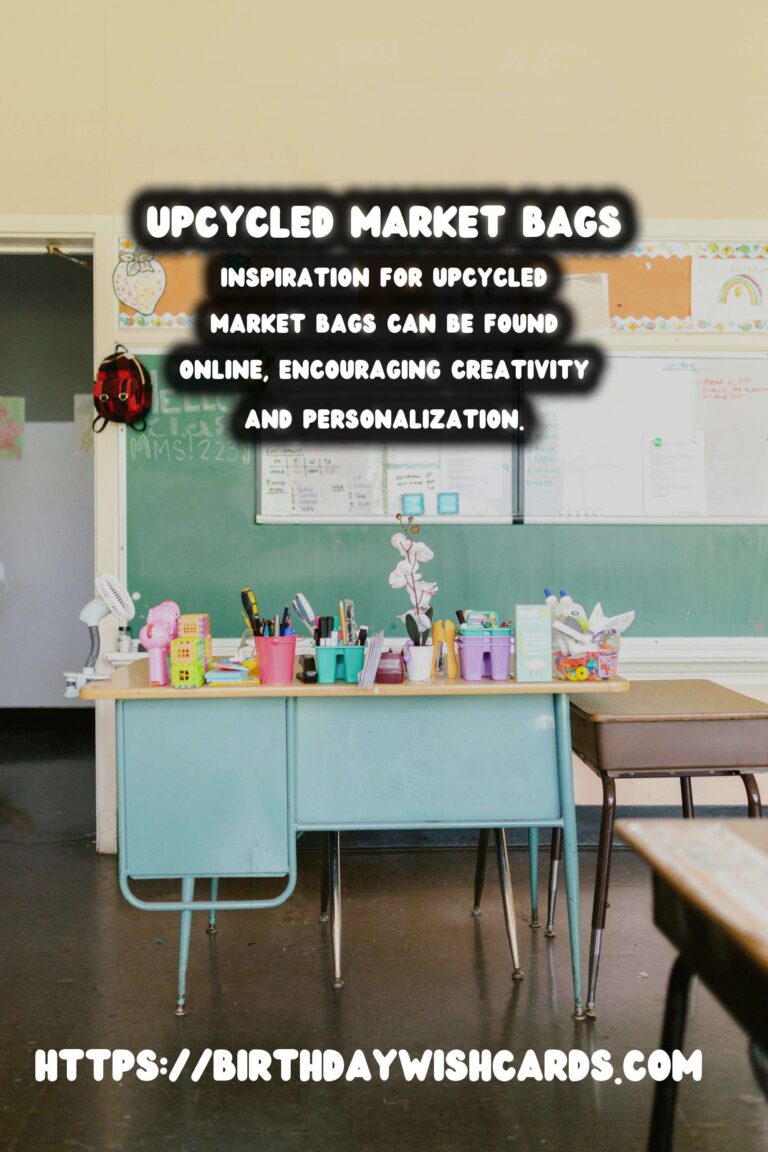
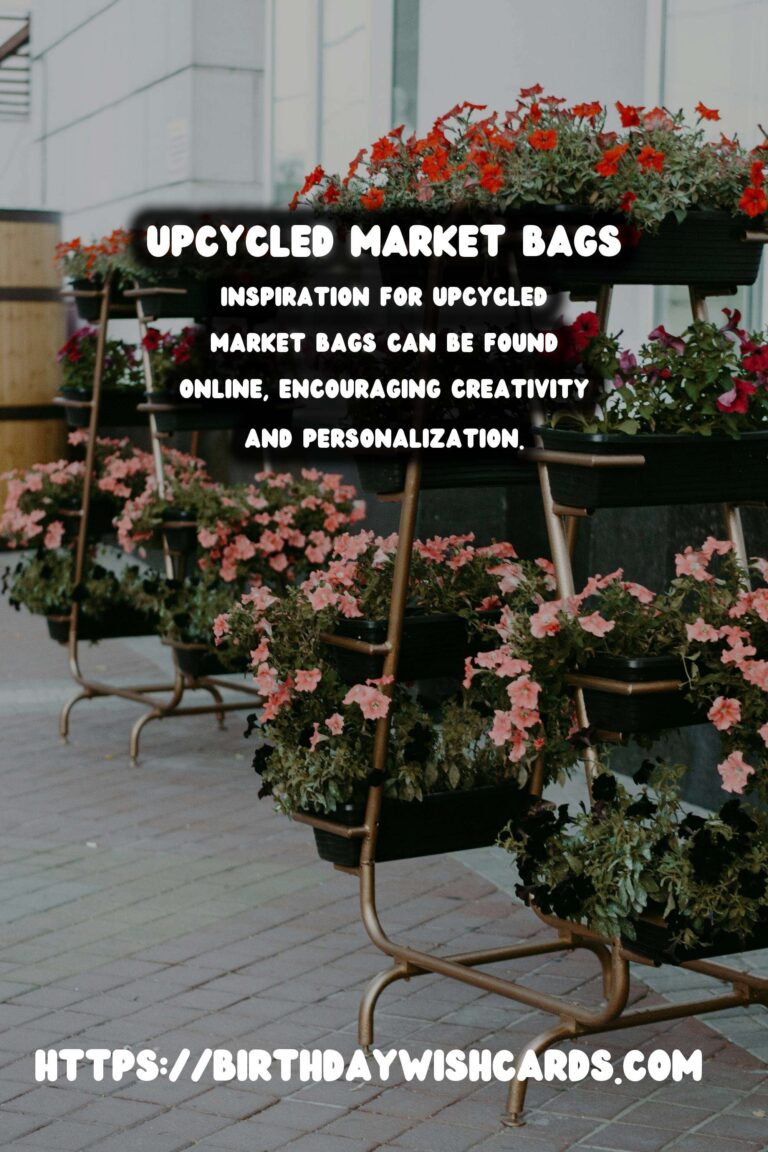
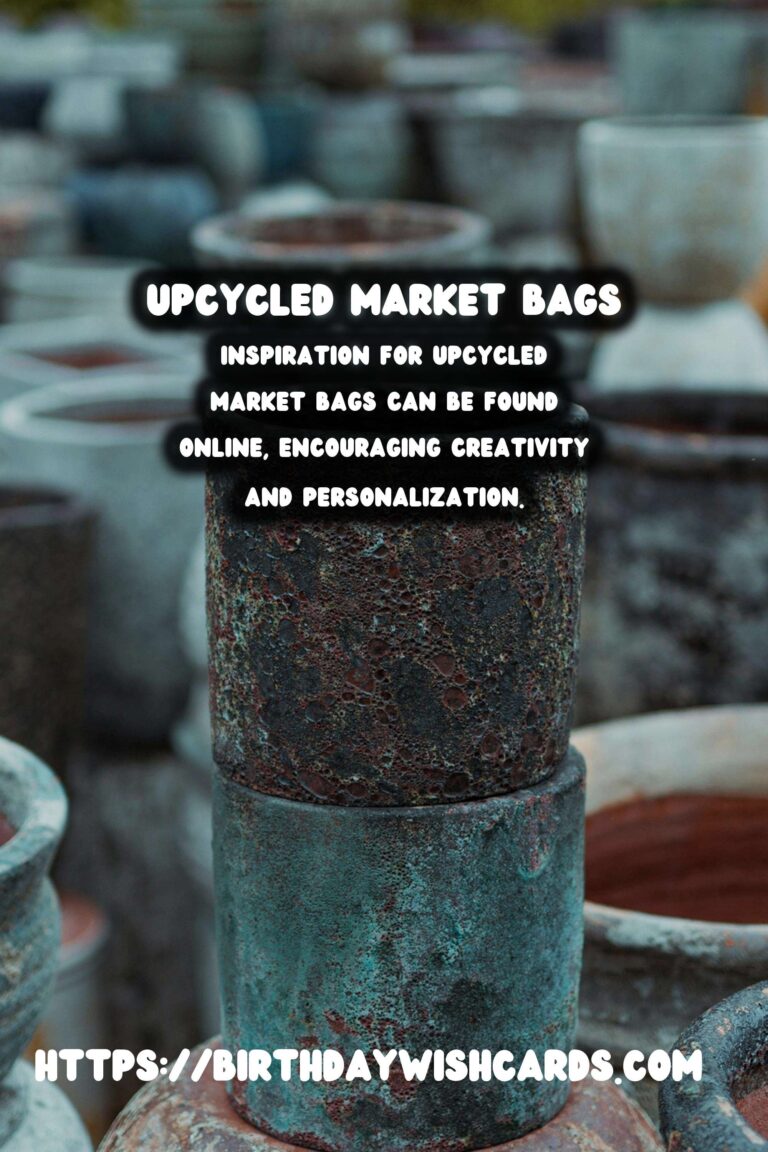
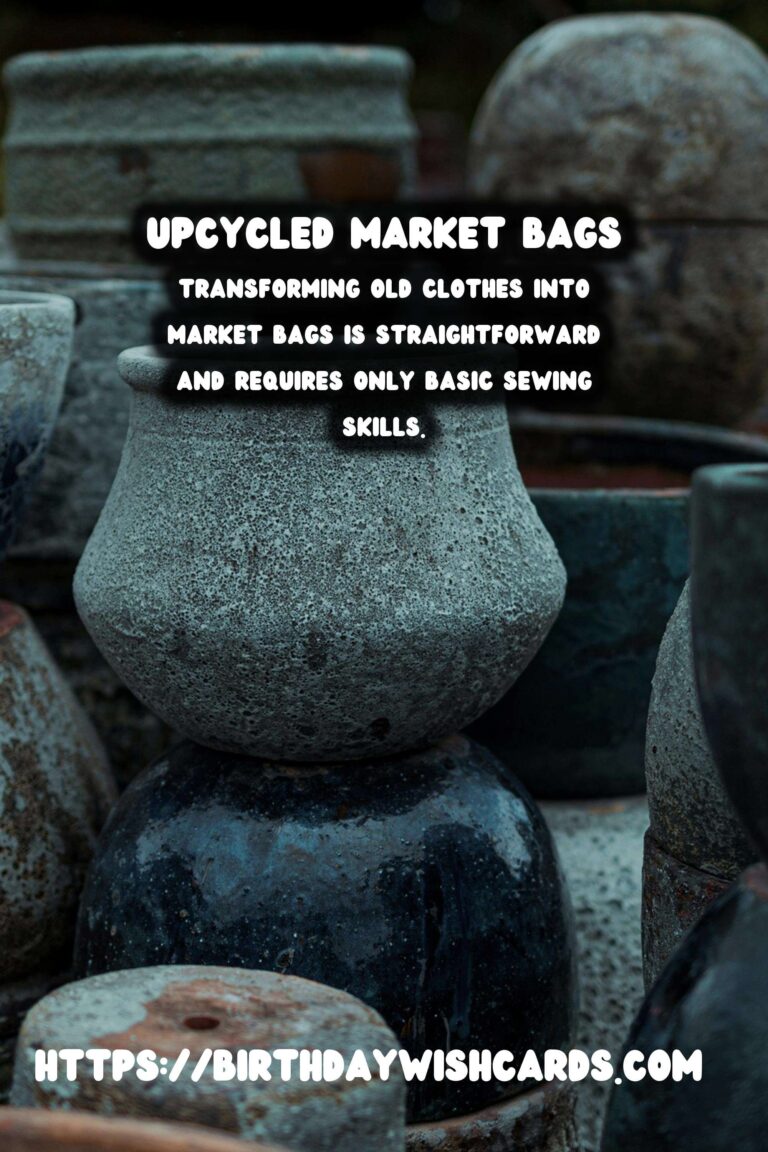
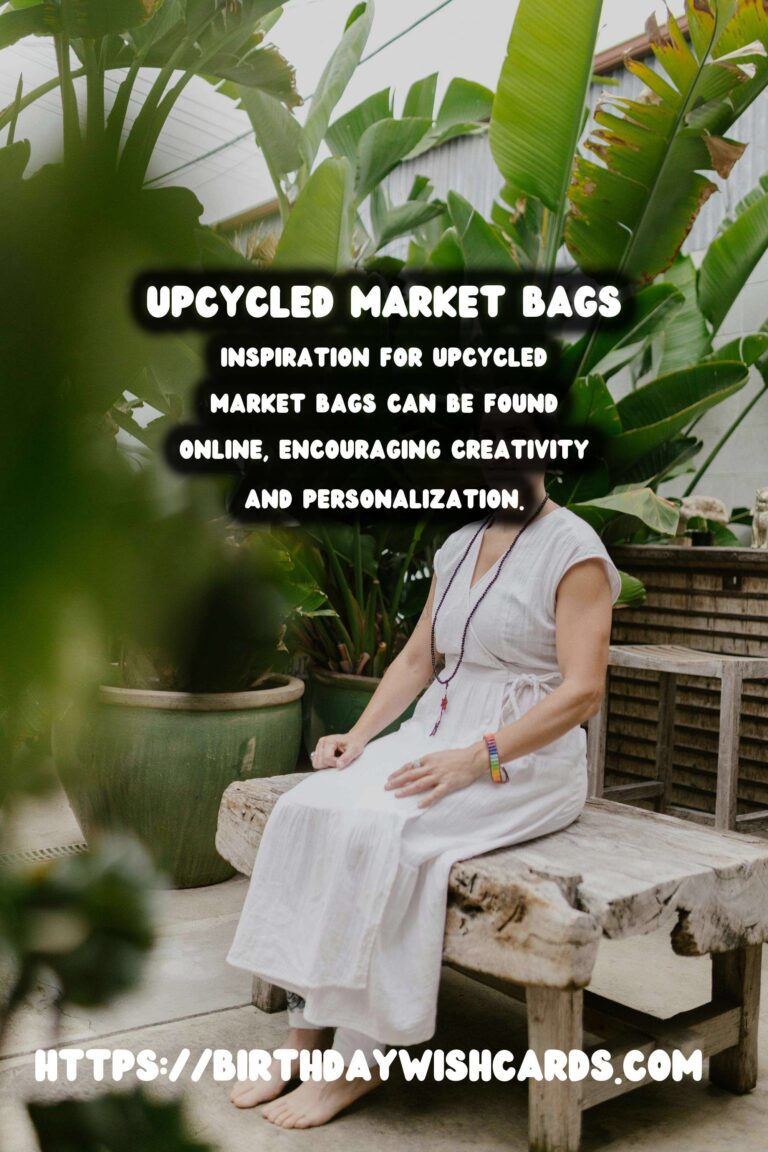
#Upcycling #SustainableFashion #EcoFriendly #MarketBags #TextileWasteReduction




